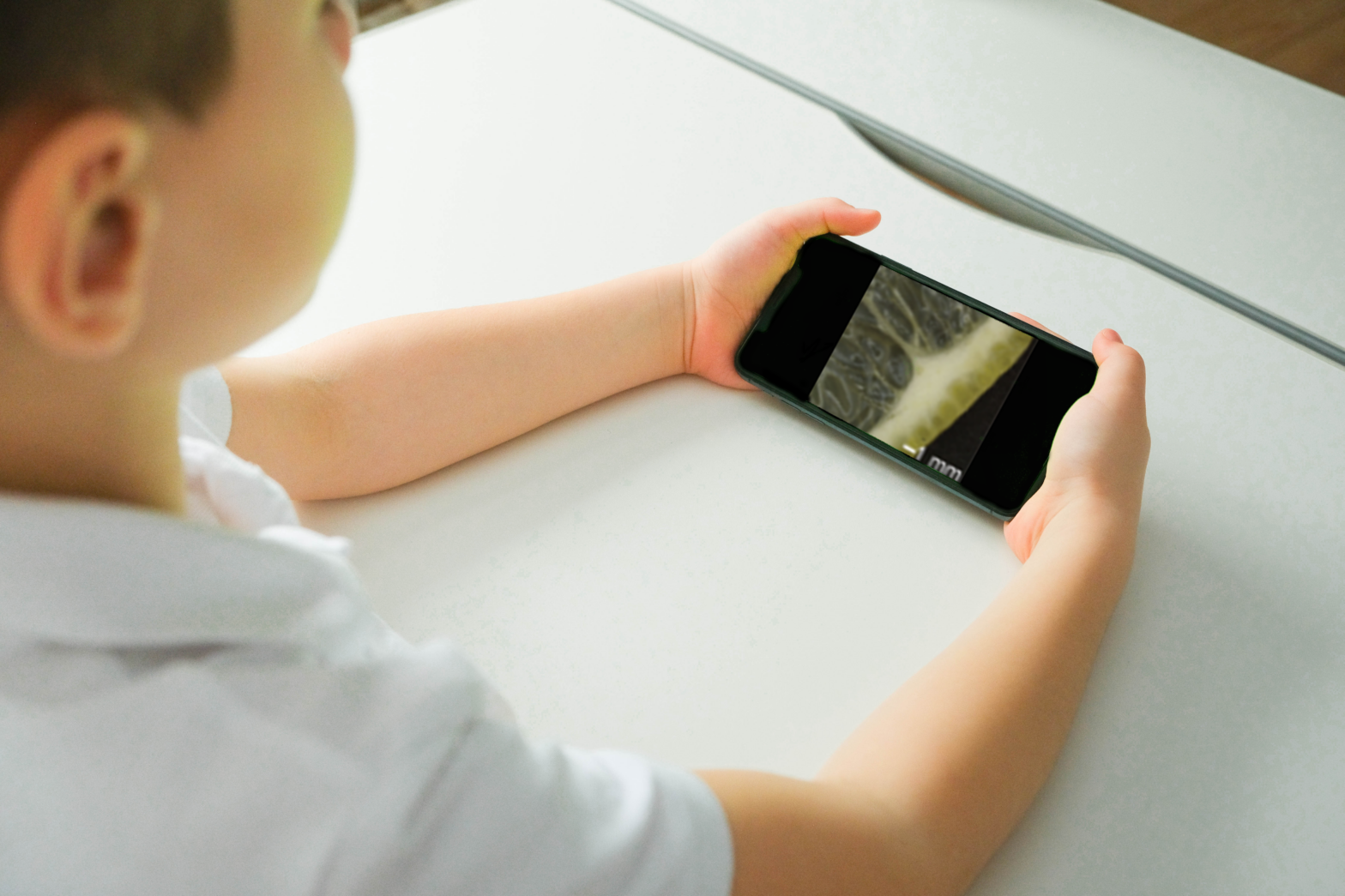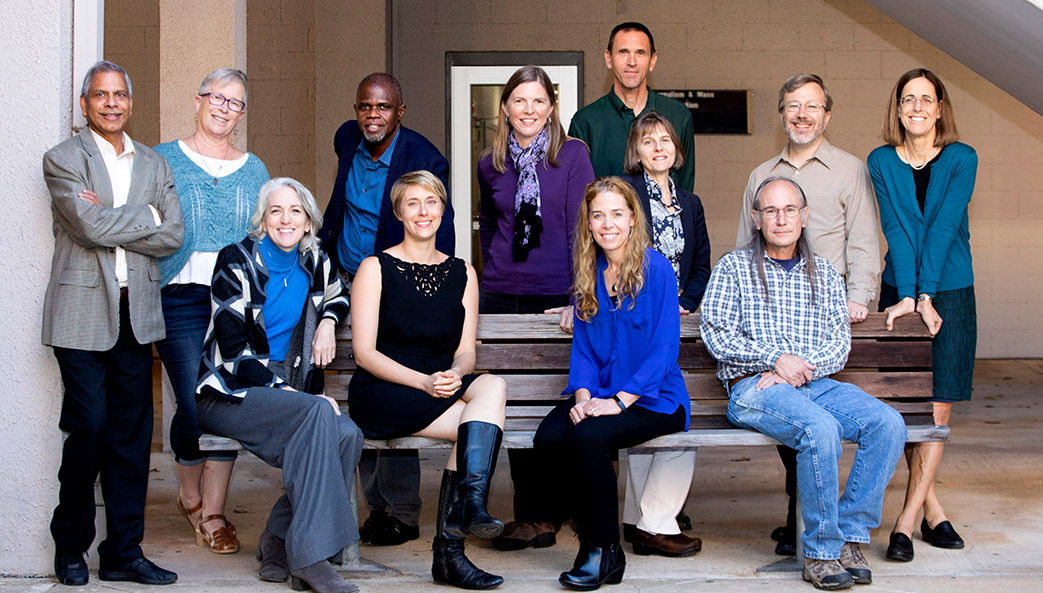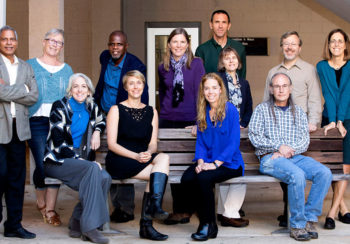Widespread ownership of modern smartphones could make for more accessible—and equitable—microscopy in many elementary and middle school classrooms. According to University of Georgia research, iPhone cameras can serve as adequate alternatives to traditional grade-school optical microscopes when paired with more cost-efficient magnification devices.
Historically, microscopes have been crucial in shaping early STEM education, offering students a window into the microbial world. Many K-12 classrooms, however, rely on legacy optical microscopes with limited availability.
Eric Formo, a UGA researcher and managing director of Georgia Electron Microscopy, was motivated by his daughter’s experience with those scarce resources. Together they began to investigate whether a tool nearly all of us carry in our pockets could hold the answer.
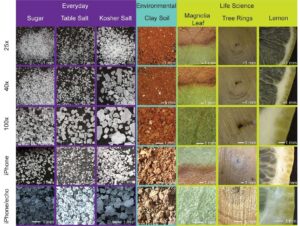
“Through our research, we showed that, with a very inexpensive additional optical device in conjunction with a smart phone camera, we can get analogous imaging length scales in comparison to a school’s microscope,” Formo said. “This way, every kid could have some hands-on time for and seeing all these things in the natural world.”
Formo’s research, published last year in the journal Microscopy and Microanaylsis, explored three classroom options: traditional microscopes, an iPhone camera by itself, and a combination device with an attachment for the iPhone. The comparison assessed the efficacy of each in standard middle school STEM projects.
Examining everyday items such as cloth or hair fibers, Evangeline and Eric Formo found the 3x iPhone camera rivaled a 40x optical microscope in observed length scale, detail, and clarity. Magnification values can be misleading, Formo said, as they are simply the size ratio difference between the image size and the object being looked at, making any magnification value highly variable between different imaging platforms.
The combination device, boasting 6x magnification, produced images comparable to a 100x optical microscope, offering improved resolution for various samples like salt grains and clay soil particles.
“The most exciting thing we found was that the combination of an iPhone and fold scope was the same as a standard 100x magnification on a school microscope. But it has several other advantages,” Formo said. “Using an iPhone, we can record the pictures that we’re seeing just by taking snapshots, whereas most school microscopes don’t have a recording device attached to them. Additionally, in both cases, we’re able to see similar length scales and similar morphology differences across all of our specimens.”
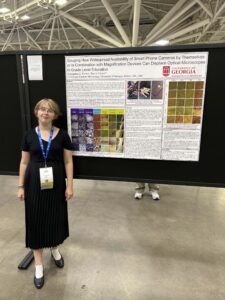
Conventional compound microscope commonly used in grade schools cost anywhere from $500 to $2,000 per unit. The attachment feature for the iPhone microscope, by contrast, costs about $10 each.
The iPhone approach also can be used across a variety of topics of study, Formo said, from life science to environmental samples, illustrating its versatility.
There are challenges, however.
“Focal depth of the combination device was a little tricky,” Formo said, noting the challenges in ensuring sharp focus for objects in and out of frame. “It took some careful placement of the sample stage so that it would all stay in frame.”
Despite the challenges, smartphones remain a promising option for microscopes in schools, potentially revolutionizing elementary and middle school STEM education. This innovative approach not only provides more students with access to imaging platforms but also enhances imaging accessibility for schools lacking traditional equipment.
“I hope that this kind of setup can be used in a lot of different learning environments, because it’s a lot more accessible for the students,” Formo said.



